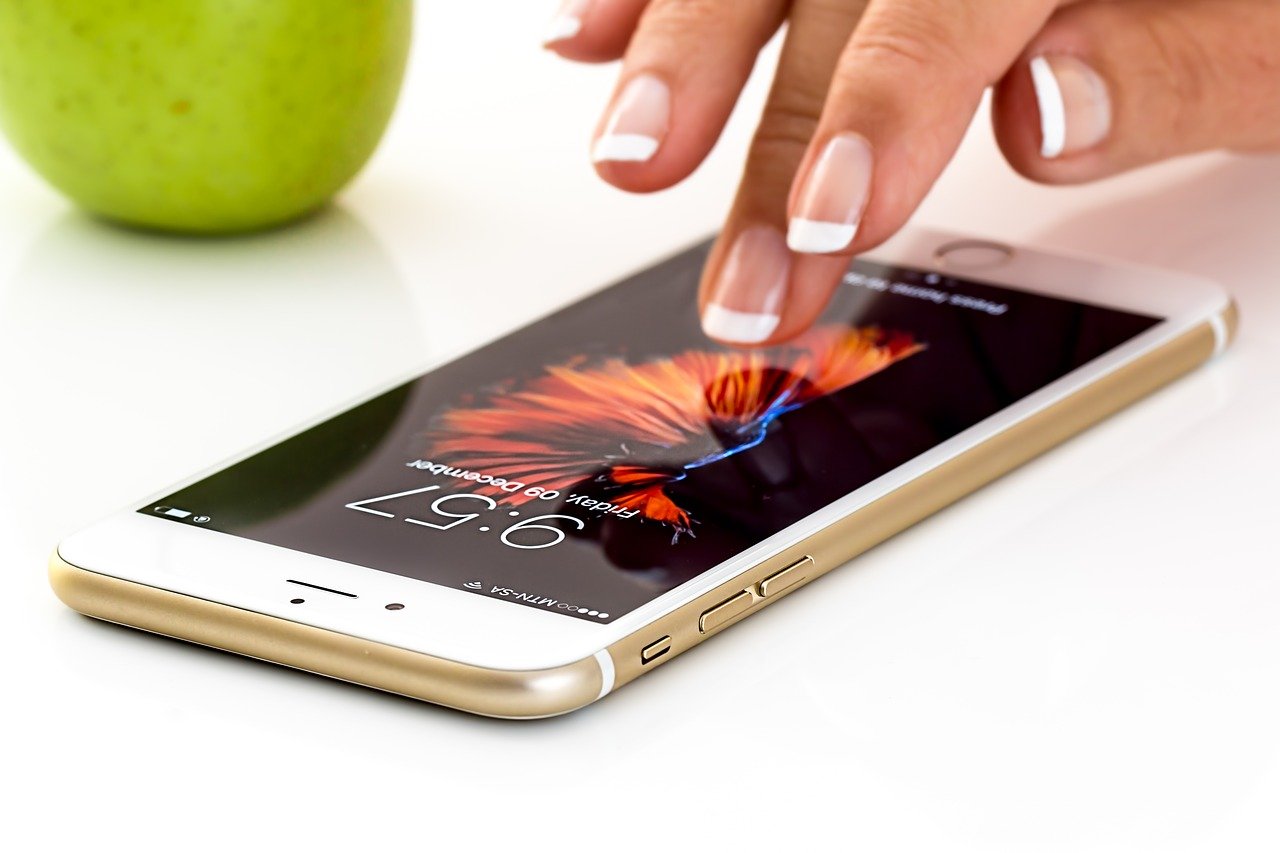
Smartphones are used by everyone. People need these gadgets to work, play at nationalcasino.com, watch videos, or read books. To improve your experience, you should choose the right device. Pay attention to these criteria to make your choice.
Case
The material from which the body of the smartphone is made depends on the user’s experience and the reliability of the device.
A simple plastic case is the lot of budget models. But plastic has many advantages: it is durable, reliable and does not shield the signal of the radio module. In any case, good plastic is better than bad metal.
Metal cases are priced higher than plastic cases. Aluminum or other metal feels good in the palm of your hand and gives the smartphone a solid weight.
Glass cases are the most ornate and beautiful. But even tempered glass can be fragile, so such a smartphone will not be insured against cracks or scratches.
There are other materials: for example, ceramic, but it is the fate of a few flagships and limited editions.
Size
The time of large smartphones continues. Thanks should be given to frameless displays and other miracles of miniaturization, which allowed to seriously reduce the bodies of smartphones in favor of the screens.
Today, models with a screen diagonal of about 5.5 inches are considered compact. Devices with larger dimensions are not as comfortable to hold in the hand, but it is much more convenient to watch movies, read and surf the web. The once popular 7-inch tablet format today has completely superseded smartphones with displays of 6 inches and larger.
Screen
We have already talked about screen size above, but just in case: smartphones with a diagonal of 5 inches or less are considered compact, and with a diagonal of 6 inches or more – smartphones with a big screen. But the diagonal is not the only parameter of a smartphone screen.
IPS matrices and the like are inexpensive and provide good image quality. OLEDs are much more expensive, but they are much more energy efficient and are able to produce not a dark gray, but real black color, which you can never get from IPS.
The screen occupies most of the front panel of the smartphone, but not all of it. Sensors and front cameras still need space. So far they do not know how to hide them under the glass, and there are only three options: frames around the display, cutouts in the display or just folding cameras. Cutouts in the display annoy many people, but today most smartphones have them, so we can only wait for further developments in technology.
Battery Capacity
Battery life is the weak point of any portable device, not just a smartphone. The challenge for manufacturers is to get the phone to last at least until the evening, or better yet, a couple of days on a single battery charge. To achieve this, they try to make the batteries more and more capacious. Choosing a smartphone, it is better to focus on models with a battery of at least 3500 mAh. It’s better to get 4000 mAh and above.
RAM
The RAM of your smartphone stores information about open applications, browser tabs, the clipboard and other current tasks. Accordingly, the more RAM, the faster the smartphone runs. If you need at least minimal performance, buy a device with 2 GB of RAM. It is better to have 3-4 GB of RAM. In high-performance models there are 6, and 8 or even 12 gigabytes of RAM, but the latter seems to be superfluous.







